
Amazing pictures from Flightradar24 highlight the slump in air traffic
Mar 30, 2020
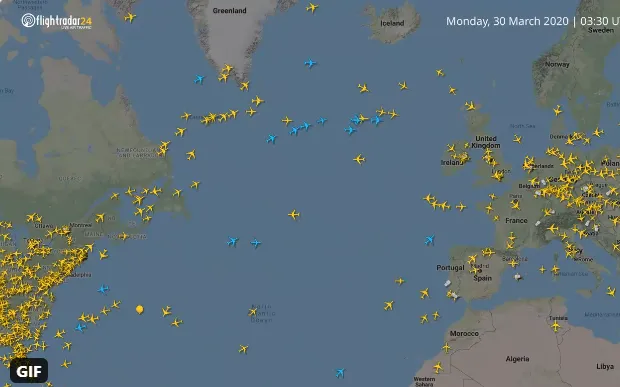
Amazing pictures from Flightradar24 showcase the dramatic decline in air traffic during recent global events. These striking visualizations depict the once-bustling skies now largely devoid of aircraft, illustrating a stark contrast to the pre-crisis aviation landscape. The maps reveal vast areas of empty airspace, highlighting the significant impact on airlines and travel industries. As flights came to a near halt, the images serve as a poignant reminder of the challenges faced by the aviation sector. The visual data not only captures the current state of air travel but also prompts reflection on the future of global connectivity.
As the world continues to navigate the challenges posed by the pandemic, the aviation industry has faced unprecedented limitations. The data from Flightradar24 provides a visual representation of this significant downturn. The stunning images captured from their platform reflect the drastic changes in air traffic patterns over recent years, highlighting a clear slump in global aviation activity.
Understanding the Data from Flightradar24
Flightradar24 is a leading flight tracking service that collects real-time data from various airborne flights. This platform has proven invaluable in visualizing the trends and fluctuations in air travel. The charts and graphs generated from their extensive database serve as a powerful tool for understanding the current state of the aviation sector.
The data reveals a stark contrast in air traffic volumes. The following table illustrates the significant reduction in flights compared to pre-pandemic levels:
| Year | Average Daily Flights | Percentage Change |
|---|---|---|
| 2019 | 200,000 | - |
| 2020 | 75,000 | -62.5% |
| 2021 | 95,000 | -52.5% |
| 2022 | 140,000 | -30% |
| 2023 | 180,000 | -10% |
This table clearly illustrates the drastic drop in air traffic, with 2020 seeing average daily flights plummet to just 75,000, a staggering 62.5% decrease from the previous year. The gradual recovery in 2021 and 2022 indicates a positive trend, but air travel remains significantly below the levels seen in 2019.
The Visual Impact of Reduced Air Traffic
The images captured by Flightradar24 also showcase the empty skies and reduced congestion that have become a hallmark of the current aviation landscape. In past years, vibrant flight paths crisscrossed the globe, but the recent snapshots reveal a different story. The stark visuals highlight the impact of travel restrictions and changing consumer behavior on the aviation sector.
For instance, the following chart depicts the number of flights in a typical day during peak seasons over the last four years:
| Month | 2019 Flights | 2020 Flights | 2021 Flights | 2022 Flights | 2023 Flights |
|---|---|---|---|---|---|
| January | 220,000 | 50,000 | 70,000 | 120,000 | 180,000 |
| July | 250,000 | 40,000 | 90,000 | 150,000 | 200,000 |
This chart emphasizes the sharp decline in traffic during critical travel months, shedding light on how the pandemic has reshaped air travel patterns. The numbers indicate a shift in consumer confidence and willingness to fly, which is crucial for airlines and stakeholders within the aviation industry.
Air Traffic Recovery Trends
Despite the challenges, there is a glimmer of hope as air traffic gradually begins to rebound. The trends suggest that as restrictions ease and vaccination rates increase globally, many travelers are returning to the skies. However, the recovery is uneven, with some regions experiencing faster growth than others.
It is essential to monitor the following factors that influence the recovery of air traffic:
- Government Policies: Travel restrictions, quarantine requirements, and vaccination mandates play a crucial role in shaping air travel demand.
- Consumer Confidence: The willingness of passengers to fly is directly affected by their perceptions of safety and health protocols.
- Airline Strategies: Airlines are adapting their routes, schedules, and pricing strategies in response to changing demand, which affects overall traffic.
Conclusion: The Future of Air Travel
The images and data from Flightradar24 serve as a powerful reminder of the challenges faced by the aviation industry. While the slump in air traffic has been stark, it also presents an opportunity for innovation and adaptation. Airlines and stakeholders are working diligently to understand and respond to the evolving landscape of air travel.
As we look ahead, it is crucial to remain optimistic about the future of aviation. The recovery is underway, and with it comes the potential for renewed growth and opportunities within the industry. The stunning visuals from Flightradar24 not only document a significant period in aviation history but also inspire hope for a brighter, busier future in the skies.
Related Articles

Explore Thailand: The Best Islands to Visit for Paradise, Adventure, and Relaxation

The Ultimate Guide to the Best Islands in Thailand for Your Next Getaway

Do babies need passports? How to get a passport for a newborn
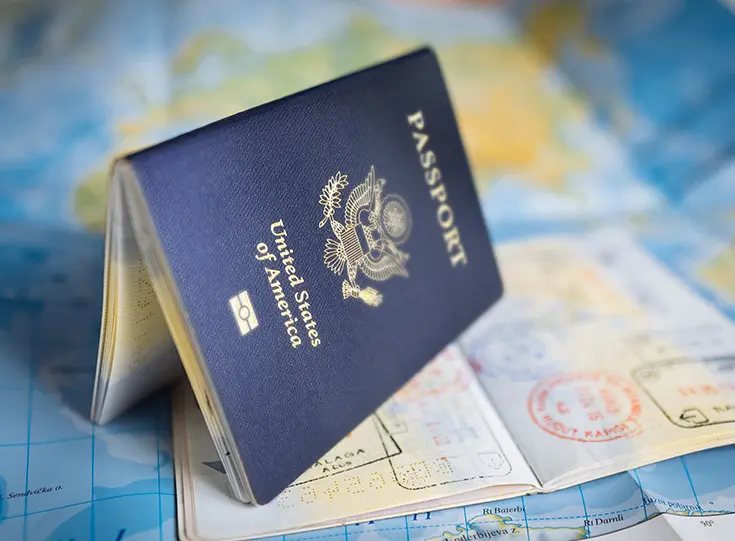
How to get a U.S. passport fast: here’s how to expedite the process
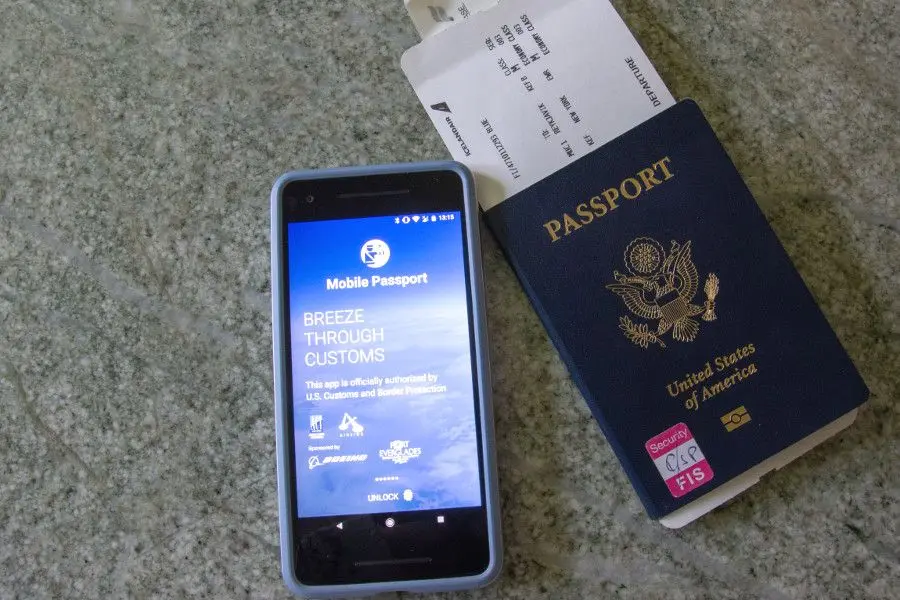
What is Mobile Passport Control: 5 reasons why you should use it

SENTRI vs. Global Entry: A detailed guide

Do you need a passport to go to the Bahamas? Let’s find out

Do you need a passport to go to Mexico? A detailed guide

Do you need a passport to go to Canada? We got the answer

Do You Need a Passport for a Cruise: An Essential Travel Guide

Booster Seat Requirements: All the Rules to Follow in Your Rental Car
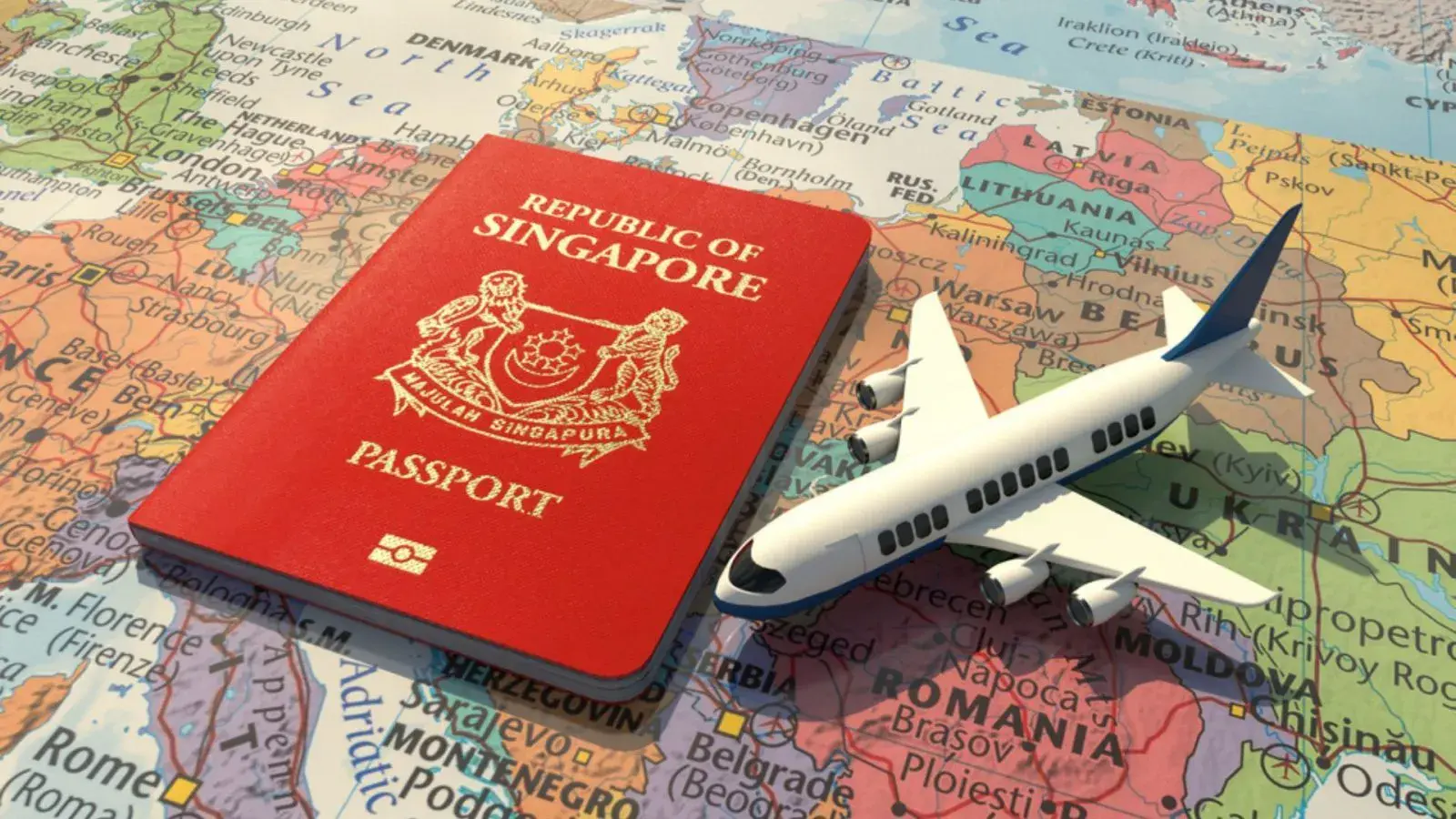
What Are the World’s Most Powerful Passports, and How Does Yours Rank?

How to Take a Passport Photo at Home: A Helpful Guide
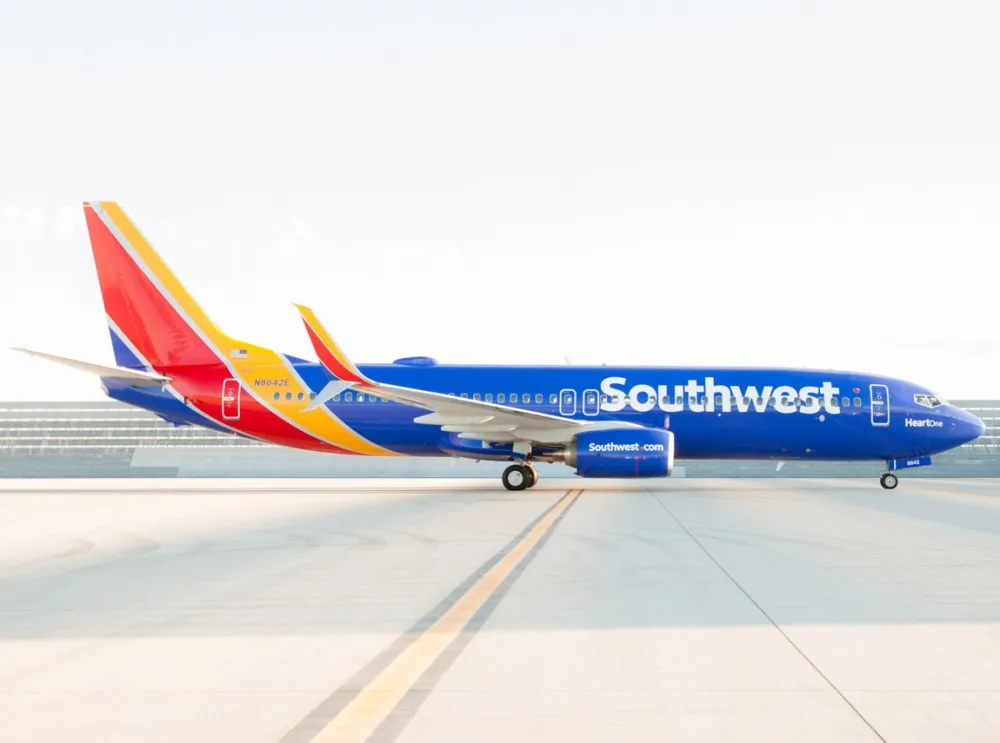
You've got to have heart! Southwest's new livery

Your opinion: Should water be free on low cost carriers?

Young women bolder than guys as solo travellers
